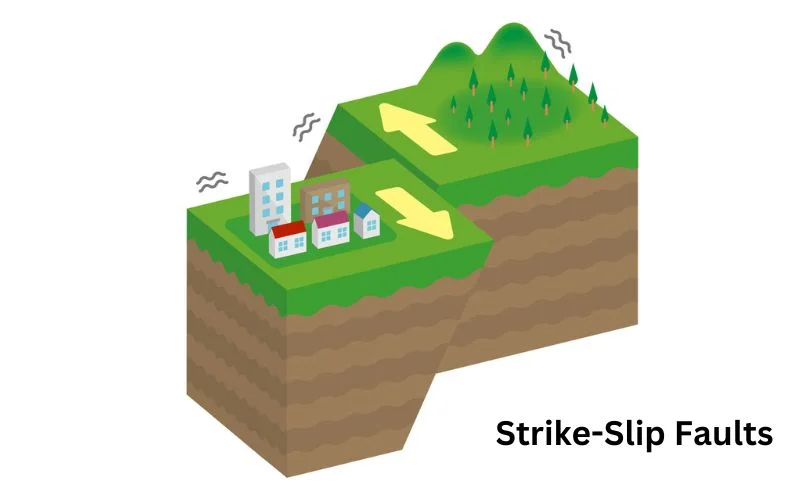
Types of errors
The two types of errors are:
-
Symmetric errors
-
Unbalanced errors
Types of Symmetric Errors
A symmetrical fault, also known as a balanced fault, is a type of electrical fault that occurs when all three phases (A, B and C) of a three-phase system are affected equally and simultaneously. With a symmetric weak point, the fault currents in all three phases have the same intensity and are 120 degrees out of phase with each other. These faults typically result from conditions such as a short circuit between the three stages or a location that affects all stages equally.
-
All three lines are short-circuited without connection to ground ( IM ).
-
All three lines have a short circuit to a faulty ground ( LLLG )

Causes and effects of power grid failures
Types of asymmetric errors
When an asymmetrical fault occurs, the currents in the three lines become unequal and so does the displacement between them. However, system impedances and source voltages are always symmetrical across the main elements, i.e. generators, transmission lines, synchronous reactors, etc.
Force balance
-
Single Wire Ground Fault (LG)
-
Line fault (LL)
-
Double ground fault

-
It is a simple method that allows general applicability for error performance studies.
-
It provides a useful tool for Protection Engineers especially when looking for fault currents.
Single Line Ground Fault (LG)
An earth fault (LG fault) occurs when a phase conductor inadvertently comes into contact with earth or a conductive surface. This creates a short circuit that allows significant current flow. LG errors can cause electrical fires, equipment damage and safety hazards. Protective devices like circuit breakers and GFCIs mitigate LG faults.
Double Ground Fault (LLG)
A double ground fault, also called an LLG fault, occurs when two phase conductors touch the ground or a conductive surface at the same time, causing a short circuit. This complex error can cause device damage, power outages, and security risks. Protective devices and fault detection systems are essential to immediately isolate LLG faults.
Line fault (LL)
A line fault (LL fault) occurs when two phase conductors come into direct contact with each other without grounding. This creates a short circuit that causes a fast, strong flow of current. LL faults are a significant problem in power distribution systems, causing equipment damage, fires, and power outages. Protective measures such as circuit breakers and relays detect and correct LL errors and thus protect the electrical network.
Normal errors

Faults are characterized by vertical movements in which the hanging wall (the rock above the fault) moves downward relative to the lower wall (the rock set below the fault). These faults are associated with tectonic extensional forces, such as the stretching of the Earth's crust. Fault faults often form block mountains, where multiple fault segments form a series of uplifted blocks and valleys.
Characteristics of normal errors
- Fault scarp: Due to the vertical displacement of the hanging wall, a cliff or scarp has formed along the fault line.
- Horst and Graben: The elevated block formed by the upward displacement of the lower wall is called “horst”, while the depressed unit formed by the downward displacement of the hanging wall is called “graben”.
Backward failures

Faults are characterized by horizontal compression, in which the hanging wall moves upward relative to the footwall. These faults are associated with simultaneous tectonic forces, where two tectonic plates move towards each other. Thrusts often occur in regions with strong crustal compression, such as: B. in mountain ranges.
Characteristics of thrust faults
- Thrusts: A special type of thrust fault with a flat fault surface. Thrusts are responsible for the overlapping of rock layers, creating thrust mountains.
Strike-slip faults

Strike-slip faults involve horizontal movement along the fault plane with little vertical displacement. During strike-slip faults, blocks of rock slide past each other horizontally. These faults are mainly associated with transform plate boundaries, where two plates slide horizontally past each other.
Characteristics of strike-slip faults
- San Andreas Fault: One of the most famous faults, the San Andreas Fault in California, is responsible for significant seismic activity due to the lateral movement of the Pacific and North American plates.
Transform error
Transform faults are a special type of strike-slip fault that occurs at tectonic plate boundaries. They allow horizontal movement between two plates, thus reducing the tension caused by their relative movement. Transform faults are often associated with seismic activity because plate friction is overcome by sudden releases of energy.
Characteristics of transformation errors
- Mid-Atlantic Ridge: A prominent submarine transform fault that crosses the Atlantic Ocean and separates the North American and Eurasian plates from the South American and African plates.
Oblique faults

Oblique faults exhibit horizontal and vertical movements and combine characteristics of strike-slip and strike-slip faults. These faults are less common but can be the result of complex tectonic interactions.
Characteristics of oblique faults
- Right- and left-side errors: For right-lateral faults, the block on the side opposite the observer appears to move to the right, while for left-lateral faults it appears to move to the left.
Conclusion
Understanding the different types of faults is crucial for geologists and seismologists to predict and analyze seismic activity and the formation of geological structures. These faults are dynamic and constantly changing and are crucial to the ongoing processes that shape the Earth's crust. Whether they arise from expansion, compression or lateral movement, faults are evidence of the constant movement and transformation of our planet's lithosphere.

